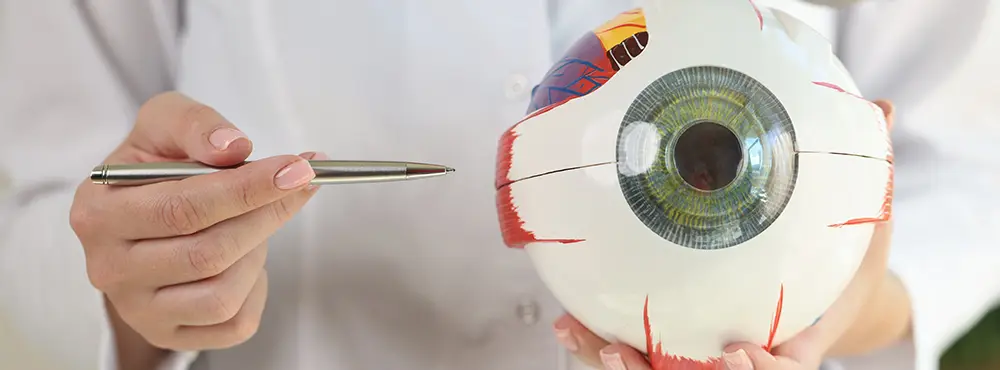
 Offers
Offers-
 Account
Account
-
0
 Favorite
Favorite
-
0
 Basket
Basket



Anisocoria is a condition where one of the pupils in your eye is a different size to the other. Your pupils are the black circles in the centre of your eyes, and your eye pupil size is usually the same. The pupils are effectively holes that allow the light through to the back of the eye.
Anisocoria is temporary in some cases but can also be experienced on a regular basis. It can even leave you with one eye appearing smaller than the other on a permanent basis.
In most cases of anisocoria, unequal pupils are not usually significant enough for anyone to notice.
The following symptoms may occur depending on the cause of anisocoria:
If you think that you have any of the above in association with anisocoria, you should seek medical attention.
Many cases of mild anisocoria don't have underlying causes and are classed as normal. More significant anisocoria can be a sign of many different factors. Anisocoria causes include the following:
Damaged nerves in the brain or spinal can cause neurological disorders, which may result in anisocoria.
An example of this is Horner's Syndrome, where there is interruption of the nerve supply that subserves our “fright /fight / flight /. Anisocoria caused by nervous system disorders are often accompanied by double vision, strabismus or a drooping eyelid.
Brain disorders causing anisocoria include strokes, tumours and haemorrhage (head injury).
David Bowie's eyes, which are considered to be iconic, are the result of anisocoria. Bowie’s eyes were blue and not different colours. (Having two different coloured eyes is known as heterochromia). Bowie did not have different coloured eyes, but his left pupil was much larger and so appeared much darker. This is why Bowie is often mistaken for having heterochromia, (a condition which causes each iris to be a different colour.)
Bowie's anisocoria was permanent and was the result of being punched in the eye by a school friend. The punch scratched his eyeball and caused a paralysis of the muscles which contract the iris.
Mild anisocoria is relatively common and may be considered normal when one pupil is bigger than the other by less than 2.0mm. Mild anisocoria is referred to as simple anisocoria, benign anisocoria or physiologic anisocoria. There is no underlying medical issue with this type of anisocoria.
Physiologic anisocoria is the most common form, with between 15-30% of the population experiencing it. It can be temporary or permanent.
Anisocoria itself can cause problems due to too much light or too little light entering the eye, hence difficulty with glare, or not being able to see well in the dark.
Pathological anisocoria is diagnosed by medical professionals who will examine how the pupils react to light. They will look at the difference in diameter in the light and compare it to dimly lit environment.
The pupil that changes the least is the abnormal one. For example if the difference is greatest in dark conditions, the smaller pupil is the abnormal one and may indicate Horner’s syndrome.
Depending on the type of anisocoria, in some cases, it is possible to fix.
The treatment plan for anisocoria depends on the type of anisocoria, and it's underlying causes.
Physiologic anisocoria is usually harmless and therefore, typically doesn't require any treatment.
If there are signs of pathological anisocoria, the doctor will look at any underlying causes before proceeding with treatment. These can include a brain aneurysm, tumour or stroke. CT and MRI scans will be used as soon as possible to determine these causes.
Anisocoria resulting in uneven pupils, which then causes unequal accommodation, can be helped with bifocals or reading glasses. An optician may recommend photochromic lenses to reduce light sensitivity.
Disclaimer: The advice in this article is for informational purposes only and does not replace medical care or an in-person check-up. Please check with an eyecare professional before purchasing any products or remedies. For information on our article review process, please refer to our Editorial Policy.